Practical tips for supporting students with Dyslexia and/or Dyscalculia
In this article, Ann, an experienced teacher and SEN tutor shares her top tips for other tutors and teachers who are supporting children with Dyslexia and/or Dyscalculia.
Dyslexia
The British Dyslexic Association reports that 10% of the population are believed to be dyslexic. Dyslexia is a learning difficulty which affects reading, writing and spelling skills but can also affect organisational ability and information processing as well as memory.
In the early years, a dyslexic child may present with speech and language issues, memory difficulties when learning nursery rhymes or lines for a play and problems following a series of instructions.
Strategies for Dyslexia Learning Success
- Make the learning a visual experience for the dyslexic student
- Have a clear structure to the lesson and explain each stage verbally to the student
- Use summary charts or checklists to consolidate each segment of the lesson
- Add an audio section to the lesson to play alongside a visual prompt
- Alter the colour of the paper or screen (using tints) you are teaching on to make it accessible for the dyslexic student
- Encourage the learner to focus on the main objective of the lesson rather than dwelling on reading, writing or spelling errors
Dyscalculia
Dyscalculia is a learning difficulty which affects how a student relates to numbers. Since Maths competency is established on mastery of the developmental building blocks of number and place value, measurement, properties of shapes, position and direction as well as statistics and algebra, such difficulties can certainly cause difficulties for learners.
Takeaways for teachers and parents
- Identify gaps in the Maths curriculum as early as possible.
- Assess competency in number and letter sequencing
- Small group or 1-1 Maths teaching works well for dyscalculic young people
- Multi-sensory
- Active learning
- Real life Maths
- Frequent recaps on prior learning
- Build confidence and competence by celebrating concept attainment
- Memory skills linking key concepts to images, develop a memorising system
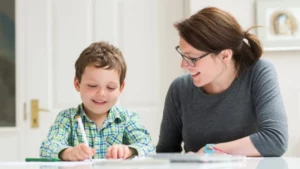

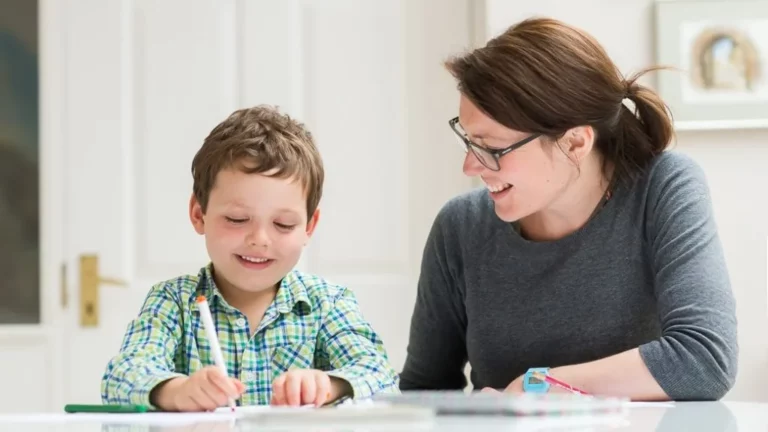
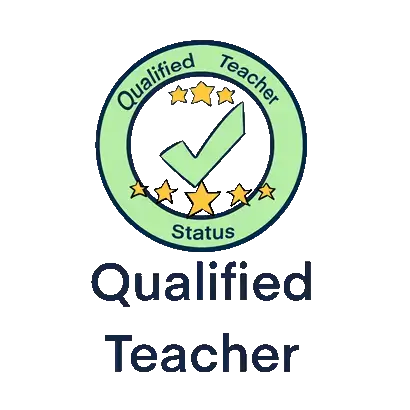
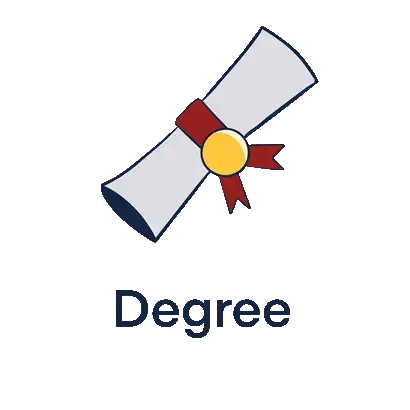
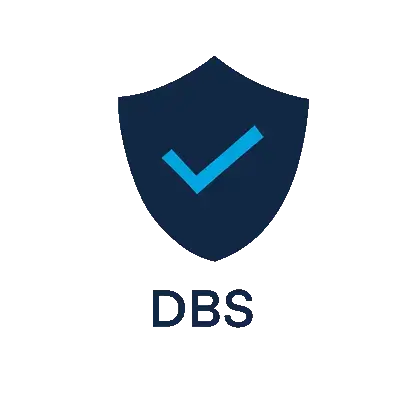
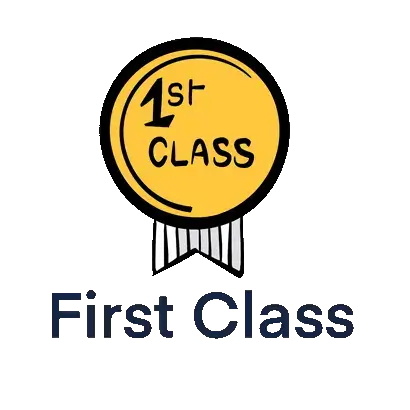
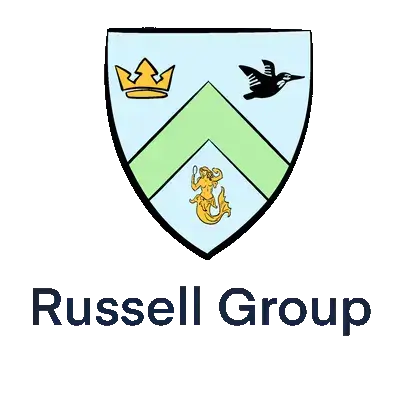
Start the discussion!